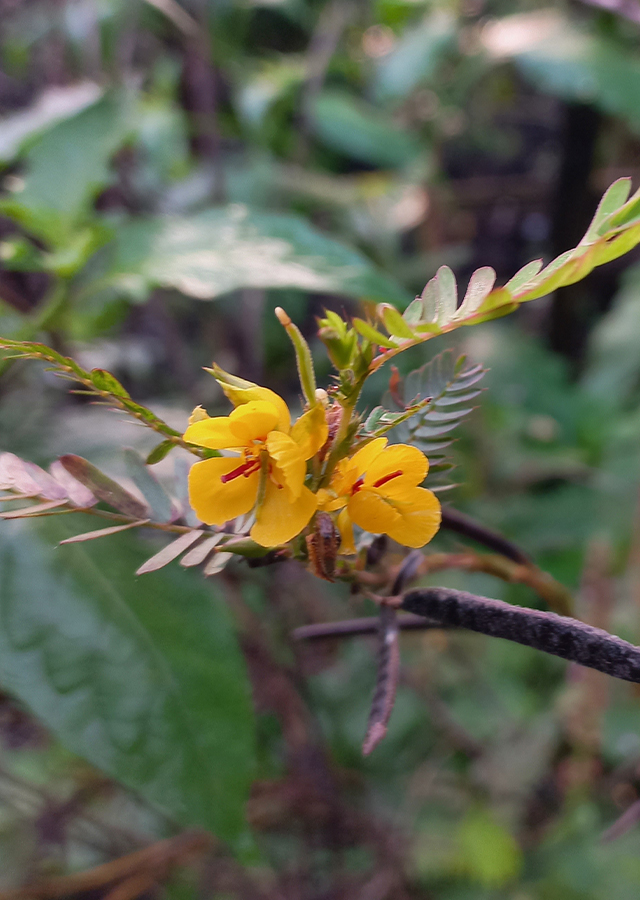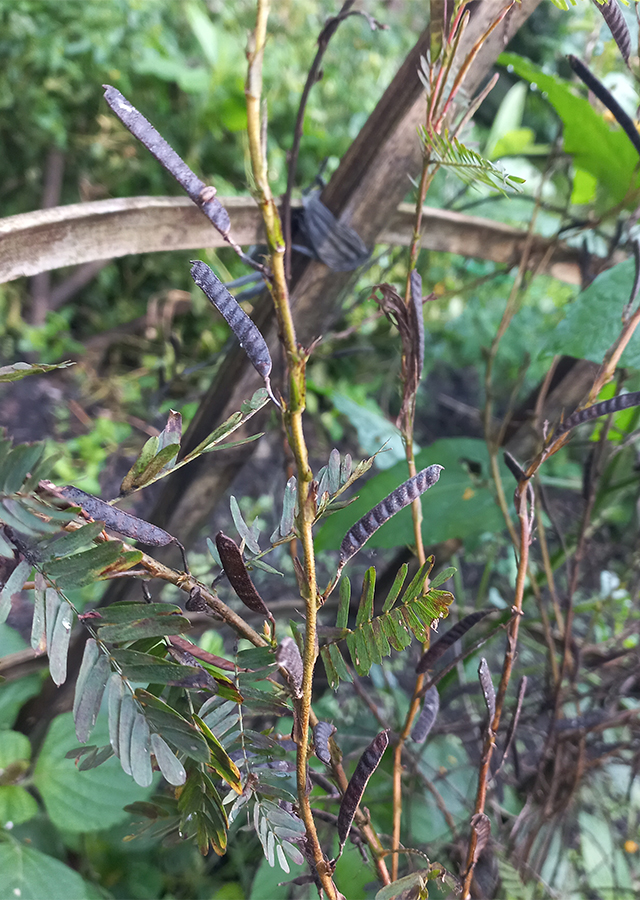Traditional Herbs from Chamaecrista fasciculata
reduce_feelings of_nausea
- Prepare fresh yellow putrid leaves, wash them thoroughly.
- Boil until boiling.
- Let it cool.
- Strain and drink to reduce nausea.
maintain_stamina_during_exercise
- Prepare fresh yellow mollusc roots, wash them thoroughly.
- Soak the roots for a while.
- Strain then drink to maintain stamina when exercising (prevents fatigue, especially used by football players).
What is Chamaecrista fasciculata Looks like??



Parts of Chamaecrista fasciculata that could be used
- Leaves
- Roots
- All Parts of the Plant
Chamaecrista fasciculata Distribution
Chamaecrista fasciculata is a plant from the Fabaceae family that is native to most of the eastern United States. This species is considered poisonous to grazing animals and is sometimes grown as an ornamental plant, where the flowers serve as an attractant for butterflies and bees for honey production. This species has an extensive root system and is excellent for planting in disturbed areas, and has the potential to be used as an erosion control plant, to improve soil and increase soil fertility. This species is also believed to have health benefits and has been used as a traditional medicine.Agroecology of Chamaecrista fasciculata
Chamaecrista fasciculata can be found growing in open forests, grasslands, disturbed areas, along roadsides, and often grows in sandy soil. This species prefers a position in full sun (6 or more hours of direct sunlight a day) or partial shade, with moist, well-drained soil but prefers open sandy loam. Likes soil with acidity (pH) (<6.0) - neutral (6..0-8.0). Established plants are tolerant of drought conditions.
Morphology of Chamaecrista fasciculata
- Taproot, has nodules on the roots and fixes nitrogen.
- Stems are often branched, green or reddish and smooth, except young stems have fine hairs.
- Leaves alternate (alternate), compound, pinnate with 8-15 pairs of oval-linear leaflets with spiny leaf tips and leaflets without stems, green, hairy, fold together when touched and at night when darkness approaches, have a pair of awl-shaped stipules on the base of the stalk and on the stalk there are small glands.
- The flowers have yellow petals and there are 4 - 5 of them, there are 10 red stamens at the base of the petals, which are unequal in length, with 6 purple or reddish anthers, and 4 yellow. The pistil is greenish white. Under the petals there are 5 linear green sepals. Flowers emerge from the axils of the leaves. "The green pods are flat, straight, slightly hairy, turn dark brown and smooth when ripe or old.
- The seeds are black, numbering 10-20 seeds in each pod.
Cultivation of Chamaecrista fasciculata
- Generative propagation (seeds) and vegetative (wood cuttings).
- Before sowing, first soak the seeds in warm water for 2 - 3 hours.\u00a0Seeds usually germinate in 1 - 12 weeks at a temperature of 23 \u00b0C.
Chamaecrista fasciculata, more details :
Chemical Content of Chamaecrista fasciculataInformation not found. Need further investigation.
Benefits of Chamaecrista fasciculata
Maintain stamina when exercising (prevents fatigue, especially used by football players), overcomes nausea (antiemetic).
Simplisia of Chamaecrista fasciculata
Another Facts for Chamaecrista fasciculata :
Synonym of Chamaecrista fasciculataCassia brachiata (Pollard) J.F.Macbr., Cassia chamaecrista L., Cassia fasciculata Michx., �
Habitus of Chamaecrista fasciculata
Herb. Annual herb, up to 1 m high
Habitat of Chamaecrista fasciculata
- Forest", "Coast", "Mountains", "Roadside", "Grassland", "Land
No comments:
Post a Comment